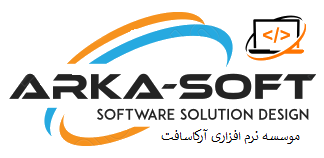Data modeling is the process of creating a conceptual representation of data and its relationships within a specific domain. It is a fundamental step in designing and building databases, as well as in other data-related activities such as data analysis and system development. Here are some key concepts and theories related to data modeling:
1. Entity-Relationship (ER) Model
The ER model is a widely used conceptual modeling technique that represents entities (objects or concepts) and their relationships. Entities are represented as tables, and relationships between entities are depicted using various cardinality notations such as one-to-one, one-to-many, and many-to-many.
2. Attributes
Attributes are characteristics or properties of entities that are used to describe and distinguish them. They are represented as columns in a table and capture the specific data elements associated with an entity.
3. Normalization
Normalization is a process used to eliminate data redundancy and ensure data integrity in a database. It involves decomposing tables into smaller, more manageable units to minimize data duplication and improve data consistency.
4. Relational Model
The relational model is a data modeling approach that represents data as tables, where each table corresponds to an entity and the relationships between entities are defined by foreign keys. It provides a foundation for relational databases, which are based on the principles of relational algebra and set theory.
5. Data Modeling Diagrams
Data modeling diagrams are graphical representations of the data model, illustrating the structure, relationships, and constraints within a database. Examples of commonly used diagrams include Entity-Relationship Diagrams (ERDs), UML class diagrams, and data flow diagrams.
6. Cardinality and Relationships
Cardinality refers to the number of instances of one entity that can be associated with another entity through a relationship. Cardinality constraints define the nature of relationships, such as one-to-one, one-to-many, or many-to-many.
7. Data Abstraction
Data abstraction is the process of simplifying complex data models by focusing on the essential aspects and hiding unnecessary details. It helps in managing the complexity of large databases and facilitates system development and maintenance.
8. Data Modeling Tools
Data modeling tools provide software support for creating, visualizing, and managing data models. These tools often include features such as diagramming capabilities, forward and reverse engineering, data dictionary management, and collaboration features.
9. Conceptual, Logical, and Physical Models
Data models can be categorized into three levels of abstraction. The conceptual model represents high-level business concepts and their relationships. The logical model translates the conceptual model into more detailed structures, such as tables and columns. The physical model represents the actual implementation of the data model, including database-specific features, indexing, and storage considerations.
10. Dimensional Modeling
Dimensional modeling is a technique commonly used in data warehousing and business intelligence. It focuses on organizing data into dimensions (descriptive attributes) and measures (quantitative data). The dimensional model is optimized for analytical queries and enables efficient data retrieval and analysis.
These concepts and theories provide a foundation for understanding and designing effective data models that accurately represent the structure and relationships of the data within a specific domain.



